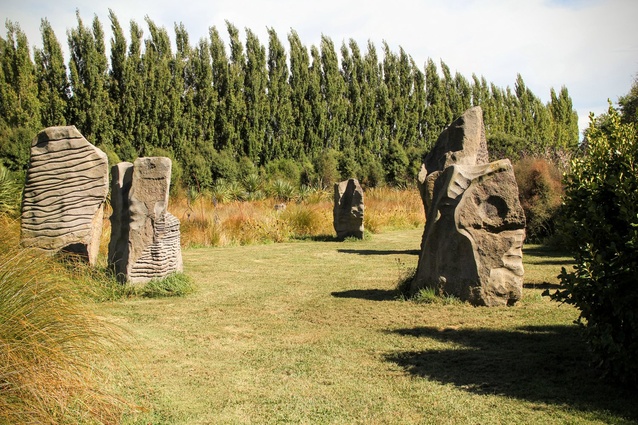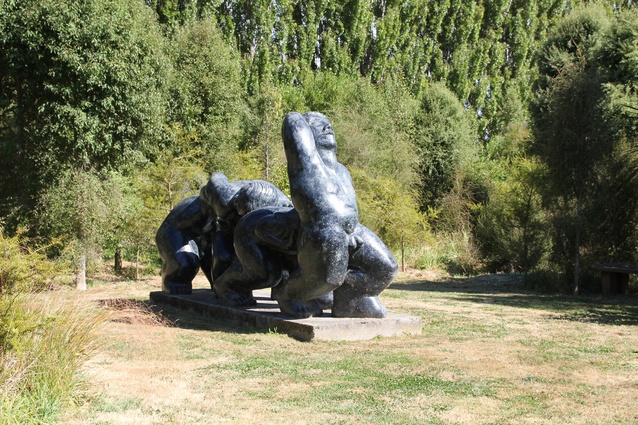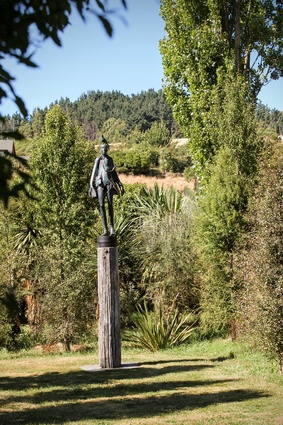Tai Tapu: A garden with a purpose
Annabel Menzies-Joyce may be the qualified landscape architect in her house but it’s her husband who’s in charge of their native regeneration project. Retired psychiatrist Peter Joyce describes himself as chief gardener (he means only gardener) at their property, Tai Tapu Sculpture Garden, 18 km south west of Christchurch.
“Twenty years ago when we moved here I don’t think anyone, including myself, would have predicted what I have ended up doing,” Peter told Landscape Architecture Aotearoa.
He was the professor of psychiatry and the Dean of the Medical School (Otago University in Christchurch) in their previous life, Annabel says. “We used to go to the West Coast and I would climb out of the car and go into the bush while he would sit in the back reading psychiatry books,” she laughs. “Now he knows more about the native trees and plants than I do.”
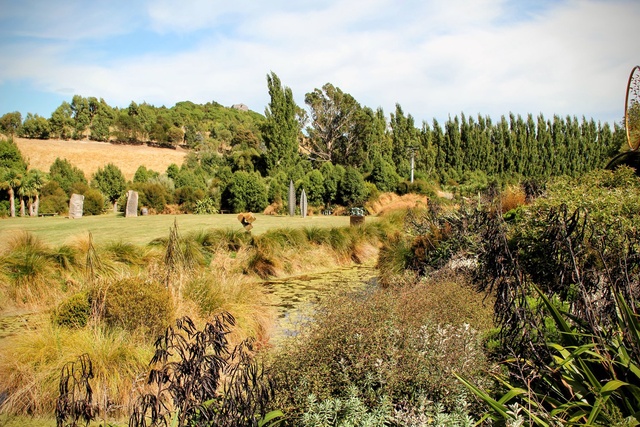
Since 2010, when Peter decided to convert what had been their daughter’s pony paddock, into a native garden, over 8000 native trees and shrubs have been planted. Planting was based on the pre-human native vegetation of the valley: a kahikatea, matai, totara dominated podacarp forest. They added rimu, miro and beech, which were not totally absent from the broader area. There’s also kauri growing because Annabel wants to be one of “the surviving outposts”.
The garden is also home to rare or threatened native plants of Canterbury and a sanctuary for native birds. The project has been so successful that local ecologists visit to show others just what is possible by returning land to its native state.
“Early on, I decided I wasn’t going to use sprays because it’s unknown how much herbicides would impede the development of a more natural ecosystem,” Peter says. Logs were put on the ground under other trees to try and encourage fungi, microorganisms and insects to do their work in the soil. The result was a rich floor in which the trees have thrived.
Once Peter had decided he was going to plant the one hectare paddock into a native garden, Annabel stepped in with her landscape architect’s hat on, insisting there be a plan. “She came up with the macro ideas so we continued to get a view, then I did all the fine detail,” Peter says.
He continues, “And then I thought, well [the garden] has got to have a purpose.” By then, Annabel had moved on to a career as a sculptor, so Peter suggested making it a sculpture garden.
“I thought, oh my God, no,” Annabel laughs. “But Peter has really taken to it enthusiastically.” Annabel rushes to point out that the garden isn’t for her sculptures. “I didn’t want that. There’s very little of my work in the garden.” Instead, it exhibits the work of other well known New Zealand sculptors, with the native landscape providing beautiful natural framing for the artworks.
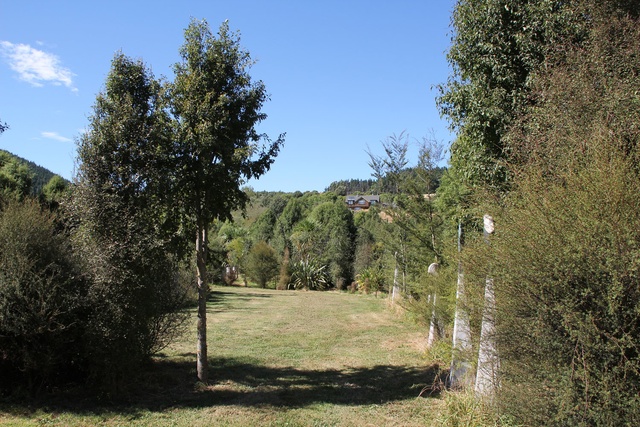
“Peter’s created a lot of spaces like rooms with the planting,” says Annabel. “Now that the trees have gotten big and bushy enough, it has created walls which set them off really well.”
Tai Tapu provides a permanent home for some of the works. Others stay only a few weeks for public exhibitions, like the Annual Autumn Exhibition, which opened on 2 March and runs each weekend until 17 March. Many of the 60-plus exhibits – by well known sculptors like Neil Dawson, Graham Bennett, Bing Dawe, Llew Summers and Doug Neil, plus younger sculptors like Alison Erickson and Ben Foster – are for sale. In line with the couple’s personal environmental philosophies, most of the works have conservation or native links to the land.
Annabel’s own work is in cast glass. These days she creates a lot of dead creatures, pushing conservation messages. “I’ve just finished a couple of albatross skulls and I’m hanging them in vitrines on fish hooks, and that’s talking about the number of albatross killed by longlines.” She has an exhibition coming up in May at Form Gallery in Christchurch, which has a water theme.
And, while she’s busy working on that, Peter spends his time volunteering at Hinewai Reserve, a 1200 hectare ecological restoration project in Banks Peninsula, or at Te Ara Kakariki Greenway Canterbury Trust, another restoration project which aims to create native bush greenways from the Southern Aps to Banks Peninsula. That is, of course ,when he’s not tending to his own garden or helping restore a neighbourhood block of bush.
For more information on Tai Tapu Sculpture Garden, or information about the Autumn Exhibition visit their website.
A version of this article was first published on the Landscape Architecture Aotearoa website, which is published by the New Zealand Institute of Landscape Architects (NZILA).

